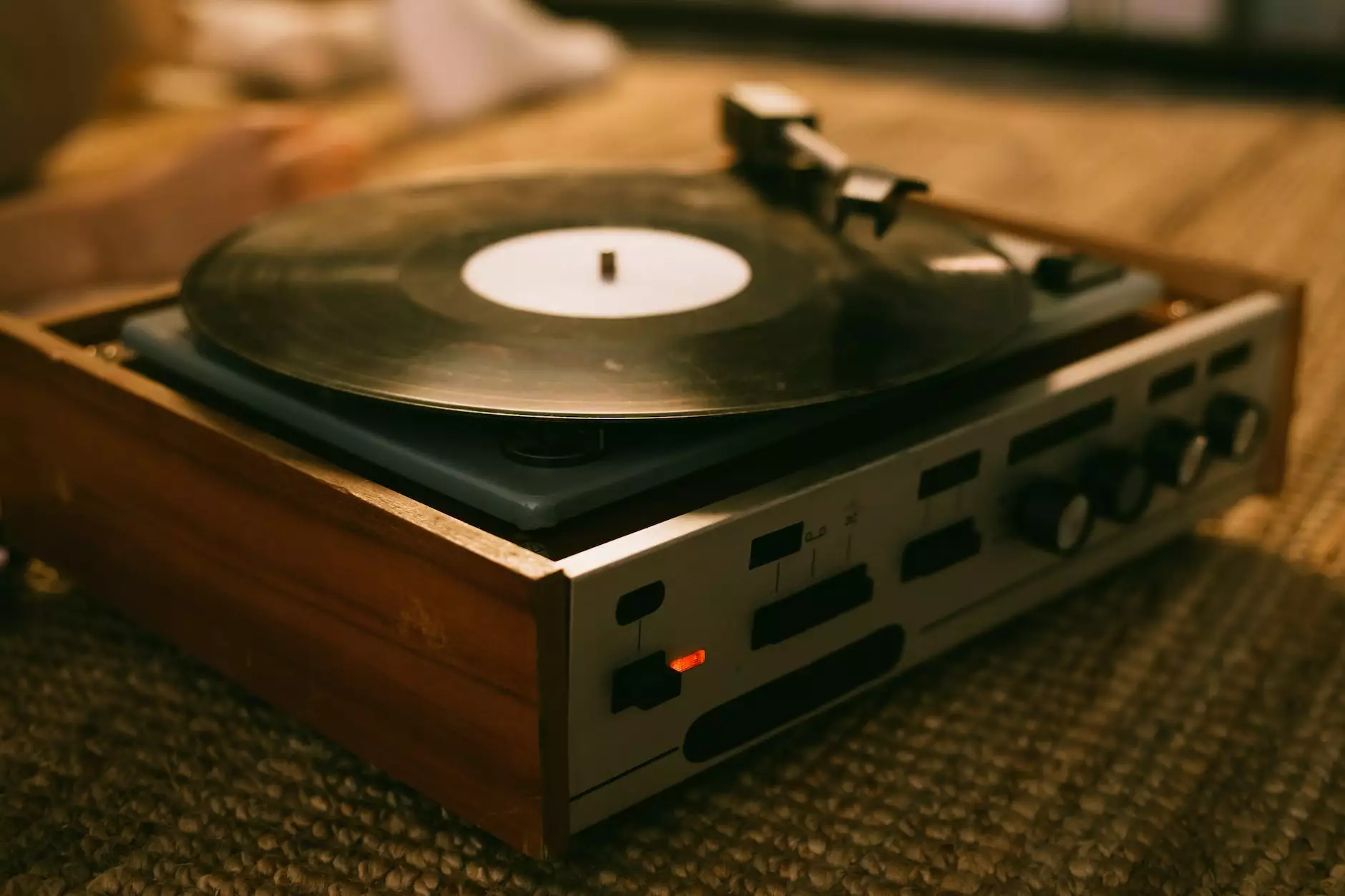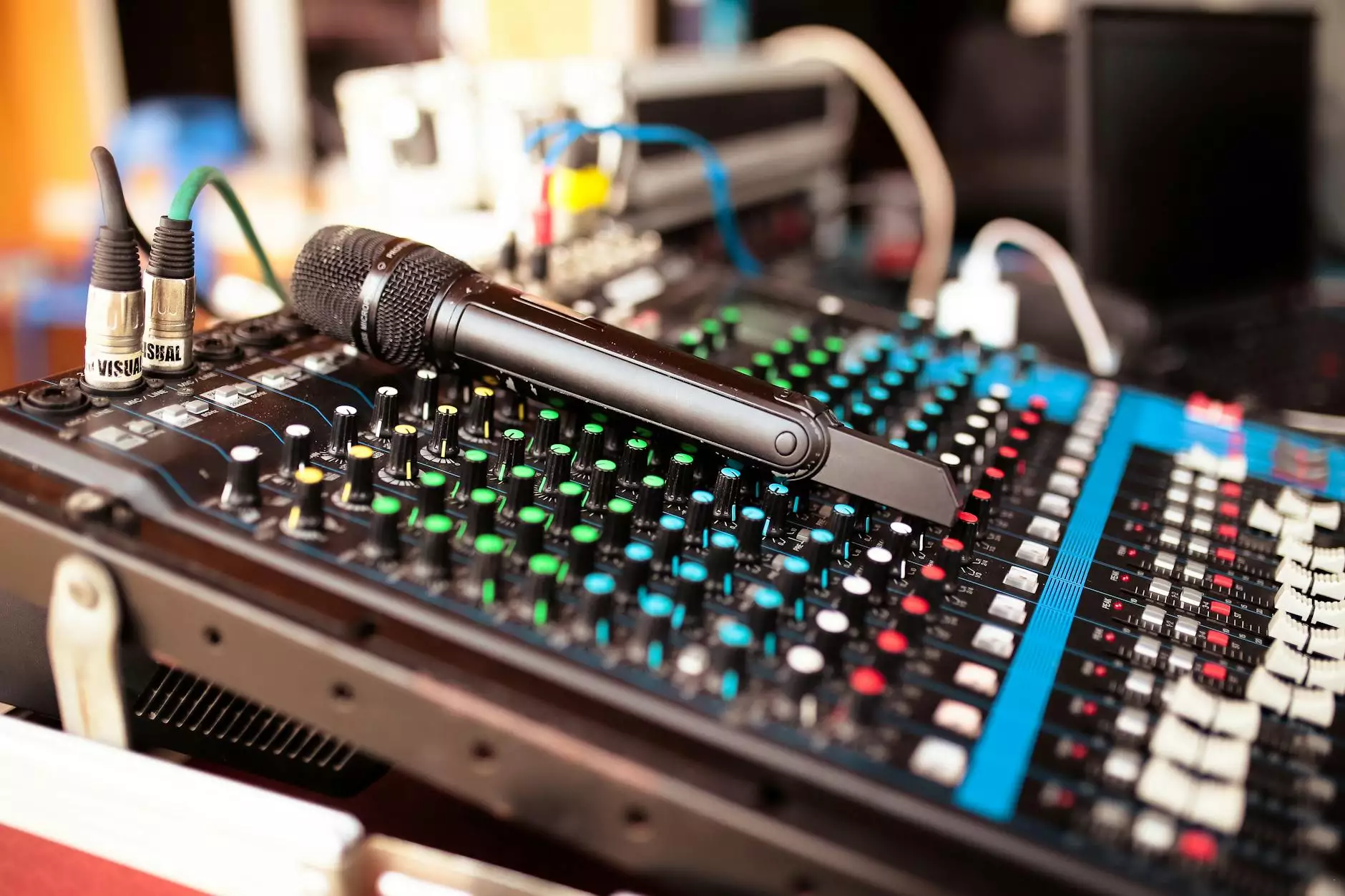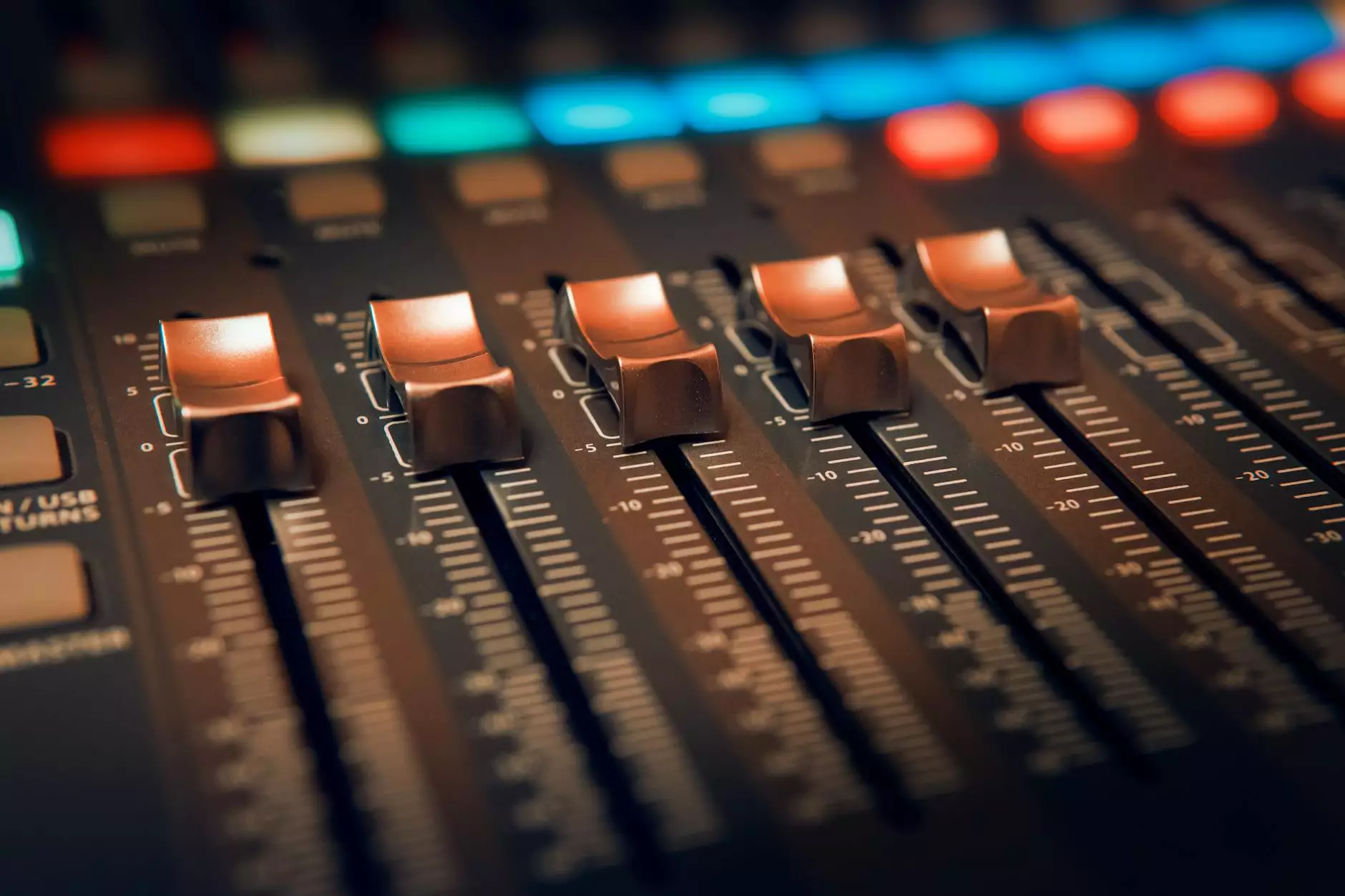Difference Between Karaoke File Formats
Blog
Introduction
Welcome to OAKS AT RADFORD HILLS' comprehensive guide on the difference between karaoke file formats. In this article, we aim to provide you with a detailed overview of the various file formats used in the world of karaoke. Whether you're an aspiring singer, a karaoke enthusiast, or a DJ, understanding these formats will help you choose the right files to enhance your karaoke experience.
What Are Karaoke File Formats?
Karaoke file formats refer to the specific types of digital files that contain audio and video data necessary for creating karaoke experiences. These files are designed to work with karaoke software, machines, and platforms, allowing users to sing along to their favorite songs with synchronized lyrics.
Common Karaoke File Formats
There are several popular karaoke file formats available, each with its own characteristics and compatibility. Let's explore some of the most common ones:
MIDI (Musical Instrument Digital Interface)
MIDI files are a type of karaoke file format that uses musical notation to represent audio data. These files typically contain only musical information, such as notes, chords, and tempo, without any actual audio recordings. MIDI files are lightweight and can be easily customized, making them a popular choice for professional singers and musicians who want to add their own touch to the songs.
CD+G (Compact Disc + Graphics)
CD+G is the most widely recognized karaoke file format. It combines audio tracks and graphics (song lyrics or images) onto a compact disc. CD+G files can be played on specialized CD+G players, karaoke machines, and software. The lyrics are displayed on a TV screen or monitor, synchronized with the music. CD+G files are known for their high-quality audio and video output, making them a preferred choice for karaoke bars and professional setups.
KAR (Karaoke)
KAR files are MIDI-based karaoke file formats that include embedded text lyrics, synchronized with the MIDI playback. These files allow users to sing along while viewing the lyrics on a compatible device. KAR files are designed for MIDI-based karaoke software and offer a simple and portable solution for enjoying karaoke on your computer or mobile device.
MP3+G (MP3 + Graphics)
MP3+G files are a popular karaoke file format that combines an audio track (usually in MP3 format) and synchronized graphics (lyrics or images). These files can be played on various devices, such as computers, smartphones, and specialized karaoke players. MP3+G files offer a wide range of song choices and are widely available in online karaoke libraries.
VCD (Video CD)
VCD is a format that originated in Asia, offering a combination of audio and video playback capabilities. VCDs can store karaoke content with synchronized lyrics displayed on a TV screen or monitor. While VCDs were popular in the past, they have been largely replaced by more advanced formats like DVD and digital files.
Choosing the Right Karaoke File Format
When selecting the ideal karaoke file format, consider your specific needs and preferences. Here are some factors to keep in mind:
- Compatibility: Ensure that the chosen file format is compatible with your karaoke software, machine, or platform.
- Audio Quality: Consider the audio quality and fidelity of the file format. High-quality formats like CD+G and MP3+G tend to offer better sound reproduction.
- Lyric Display: If synchronized lyrics are important to you, opt for formats like CD+G, KAR, or MP3+G that display lyrics on a screen.
- Customization: If you enjoy personalizing your karaoke experience, MIDI files provide flexibility for customization.
- Availability: Assess the availability and variety of songs in your preferred file format. MP3+G files often provide a vast library of songs to choose from.
In Conclusion
OAKS AT RADFORD HILLS hopes that this guide has provided you with valuable insights into the difference between karaoke file formats. By understanding the characteristics and capabilities of each format, you can make informed decisions and enhance your karaoke experience. Remember to consider compatibility, audio quality, lyric display, customization options, and song availability when choosing the right karaoke file format for your needs. Happy singing!









